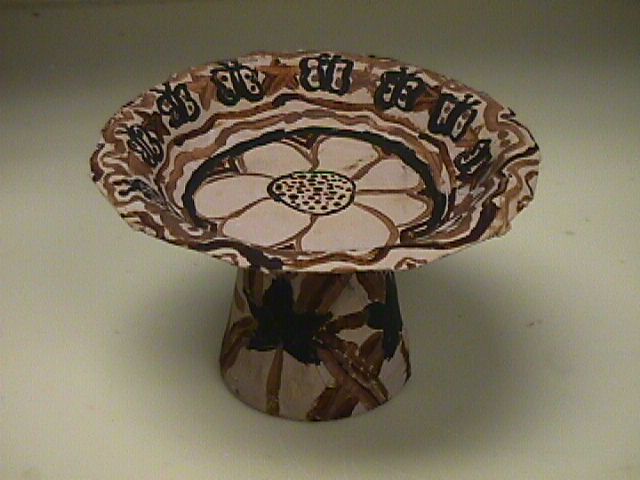|
|
|
|
|
|
6th grade art |
|
|
|
If you see a button on the description, there is a lesson plan or rubric linked.
|
|
Clay /Japanese Kimono Unit With this unit I introduce them to Japanese culture. We zero in on kimono styles and history, then discuss what ceremonial clothing do we and a variety of cultures wear. We view the following site: http://www.jinjapan.org/kidsweb/index.html and then discuss clay terms and the elements, form and texture.
|
|
 |
Calabash/Craft
Unit
In this unit we study the history of gourd and calabash art. We focus on the elements, line and shape, discuss positive and negative space, radial design and balance. This unit is done with paper cups and bowl and paper-mache. I bring in a real Calabash from India and my own gourd examples. We also divide into groups and work on a real gourd with a wood burner.
|
|
Printmaking/Medieval Unit In this unit we start out by viewing the CD Stories In Art by the Chicago Art Institute and we play the interactive picture ST. George slaying the Dragon. I read them stories with dragons in them and look at how different cultures depict dragons. We review 6+1 writing criteria and write our own story. Next, we create a print of our dragon and borders to write our story inside. The final product includes the study of line, shape, texture, space, pattern, illuminated manuscripts and printmaking. |
|
|
|
Drawing Unit This is a unit on value, form, space and line. We start out by doing a value scale and then draw four basic forms. The final step is to draw a still life or landscape form Jon Gnagys drawing book. We do this as a class step by step. This is not a lesson in creativity but a lesson on the basics of drawing and shading.
|
|
|
|
Color lesson This is one of several different projects we use to teach color to 6th grade. The main objective is to teach them primary, secondary and intermediate colors. They must learn how to mix colors using only the primary colors and know which colors are warm and which are cool. I also like to get into the history of stain glass and the real process. The sample to the right is one of three project ideas for a tiered lesson. |